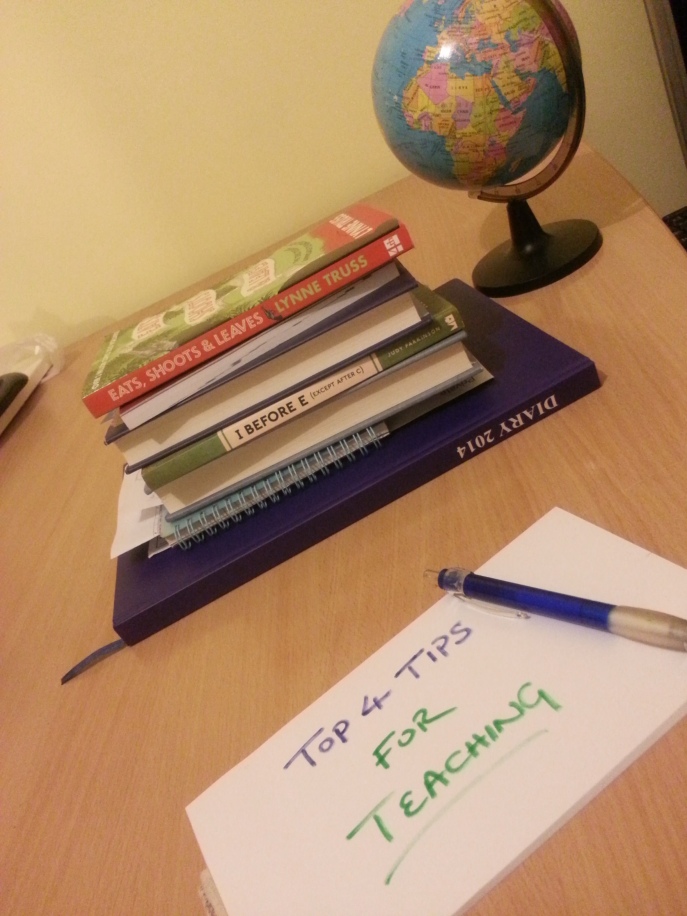Month: February 2014
Calling all ‘book-worms’!!
StandardWhat is the most recent book you have read? (And I’m not talking about University textbooks, which you HAVE to read in order to pass). I’m talking about the ones which you picked up and after reading the first few pages did not want to put back down until you found out how the story ended?
Let me ask you another question; if the grammar and punctuation were not there, would the story have had that same impact? Probably not I hear you say. In fact, the books would probably not have sold as much as they did if when reading them you were not able to figure out the tone of voice the characters were using or even how the story developed.
If you consider yourself a ‘bookworm’, then grammar and punctuation may come naturally to you. If not, then like most of us, you will have had to put that extra effort when trying to do tasks such as writing a letter, doing coursework or even sending off an application form for a potential job opportunity.
The good thing about learning when and how to use punctuation and grammar properly is that once you have learnt the basics, it will almost become second nature and save both time and effort.
Grammar Bytes 3 – Apostrophes – To replace letters
StandardAn apostrophe can be used to replace missing letters; these are most commonly used when we speak.
-Don’t look down (Do not look down)
-I can’t open this bottle (I cannot open this bottle)
Note: ‘can’t’ can be written as ‘can not’ or ‘cannot’.
Can not (two words) is used to add extra emphasis rather than using as one word.
Words such as don’t, you’re, and it’s are called contractions.
Contractions are not always used in formal writing, however some businesses prefer this, as it is a more friendly approach. So before using these in your writing it is best to see what approach you are aiming for.
News Analysis 3 – Facebook to buy WhatsApp!!
StandardThis article has been taken from tech radar and focuses on Facebook buying the messaging app Whatsapp.
“Facebook’s purchase of WhatsApp for $16 billion (about £9.5b/AU$17.7b) isn’t supposed to change the popular instant messaging app, but it certainly changes the landscape of the real-time messaging services.”
http://www.techradar.com/news/internet/web/what-s-up-with-facebook-buying-whatsapp-it-s-about-the-developing-world-1226429
The first paragraph shows good examples of using apostrophes appropriately. “Facebook’s” and “isn’t.”
Here Facebook’s purchase of Whatsapp indicates belonging and possession.
“Isn’t,” an apostrophe is used to show that a letter is missing in the contraction form.
These are the main 2 uses of apostrophe and should be used correctly. You can go through our Grammar Bytes blogs to look at this in more detail as there are some exceptions.
Many of us use an apostrophe when writing plurals of words for example in the 3rd paragraph the words, ”chatters, appears and users” are all plurals and do not have apostrophes as the rule of apostrophes does not apply to plurals. We need to understand when it is appropriate to use them.
Can you find any other words that have used an apostrophe?
Quote of the day 2 ..
ImageReduced Price!
StandardReduced price for the Grammar Course:
FREE Grammar Challenge!!
StandardTake on the FREE Grammar Challenge and see how good you really are:
http://studyingfromhome.com/freegrammarchallenge/
Insight into CELTA 4 – Top 4 tips for Teaching
StandardThese 4 tips are to help you to achieve good classroom teaching.
– Say hello to your students when the class begins. Quickly ask how their weekend has been.
– Give instructions out before handing out any worksheets to your students. This is to ensure that they have listened to the instructions and know what is expected from them.
– Always keep your eye on the time. Stick to each tasks time limit that you have written on your lesson plan. Your teacher will not be telling you how much time you have left; good time keeping is your responsibility.
– Be organised with your resources. Ensure that you lay out your resources in front of you so you know for which task which resources will be needed.
If you implement all these, your CELTA observation teacher will be impressed.
Quote of the day…
ImageInsight into CELTA 3 – Lesson Planning
Standard







